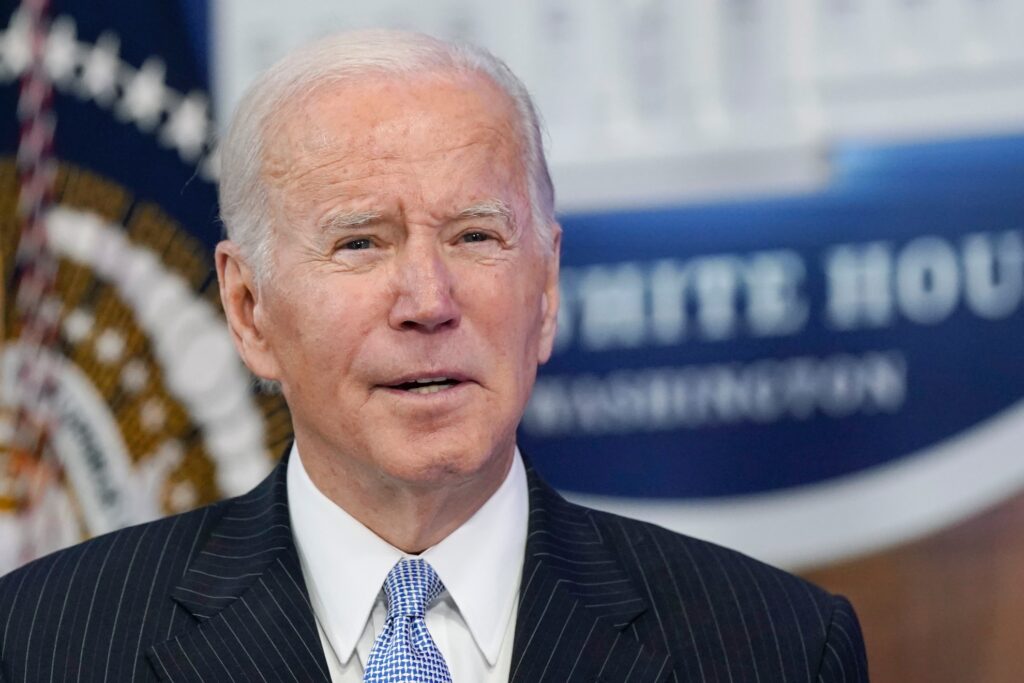On January 27, 2021, President Biden issued an executive order to extend protection from evictions until the end of March 2021. This order was made in response to the ongoing economic hardship and health crisis due to the COVID-19 pandemic. The eviction protection was put in place to make sure that those affected by the pandemic can maintain stable housing amid financial struggles. The order directs the Department of Health and Human Services, Treasury, Department of Agriculture, and Department of Housing and Urban Development to provide assistance to households that have been financially depleted due to the pandemic. This article will discuss Biden’s executive order in detail, will review some of the major federal programs offering housing assistance for those eligible and will also take a deeper look at what Biden’s executive order means for the nation.
Background
Amid the COVID-19 pandemic, millions of Americans have lost their jobs or have been furloughed from their employment. This has caused financial insecurity and the inability to pay rent on time or in full. As per the National Multifamily Housing Council, there was an estimated 25.7 million 10-day serious delinquencies in December of 2020. In response to this increasing number of delinquencies and COVID-19 related unemployment, the CARES Act was passed in 2020 to offer Americans economic assistance and eviction moratoriums. The CARES Act eviction moratoriums that were passed in 2020, expired on December 31 of that same year, leading President Biden to issue an executive order extending protection from evictions until the end of March.
Biden Executive Order
The executive order issued by Biden directs several federal agencies to extend eviction protections for eligible individuals. It also provides assistance for households that have been financially impacted by the pandemic. This assistance includes funds to help pay rent, assistance to state and local governments to provide assistance to those in need and other measures. The order states that the federal government will provide funds directly to the household, through a rent subsidy program, or by providing funds to state and local governments to administer existing tenant-based rental assistance programs
The order also directs the treasury Department and HUD to explore ways to provide lower-cost capital and insurance to landlords who forgive back-owed rent and other payments due as a result of COVID-19. It also provides funds to state and local governments to distribute rental assistance to tenants and provides other measures requested by the state, local or tribal governments.
Eligible Population
The executive order applies to those individuals and households that can demonstrate that the loss of income resulted from COVID-19. Individuals must meet specific eligibility criteria which include: 1) suffering substantial loss of income, 2) have applied for unemployment benefits or have experienced a decrease in income due to the pandemic or 3) have experienced other financial hardship due to the pandemic. Individuals must also be able to demonstrate that they have used best efforts to make timely payment on rent or housing and that they are likely to become homeless or to face other housing insecurity due to lack of payment.
Housing Assistance
The order provides assistance to those eligible individuals twenty-one years of age and older, who can demonstrate an inability to pay rent or utilities due to a substantial income loss resulting from the COVID-19 pandemic. It creates an emergency rental assistance fund of $25 billion to be distributed to state, local, and tribal governments.
The fund will be administered by the Department of the Treasury, who will use the guidance issued through the First Aid Act to ensure that the funds are distributed on a timely and equitable basis. The funds must be used toward housing and other services to households that meet the eligibility criteria and are impacted by the pandemic and must be used in a manner that addresses housing insecurity risks.
Additionally, the Department of Health and Human Services, and the Department of Agriculture, have been directed to provide assistance to eligible households to prevent eviction and ensure safe and stable housing. The Department of Health and Human Services is responsible for the Emergency Solutions Grant Program, which provides grants and other forms of assistance to help individuals and families who are homeless or in danger of becoming homeless.
The Department of Agriculture’s Section 502 Direct Loan Program supports low and very low-income households by providing subsidies to help them purchase, build, or maintain rural housing units.
Conclusion
President Biden’s executive order is designed to provide protection for vulnerable individuals and families facing eviction or housing insecurity due to the pandemic. The executive order, combined with other federal programs, seeks to provide relief for those affected by the economic fallout of the pandemic. It will provide rental assistance to those eligible, in addition to other services provided by federal programs. This order is a first step to helping those in need protect their homes from eviction during this difficult time.
Final Thought
President Biden’s executive order provides invaluable protection to those that have been hit hardest by the pandemic. It provides relief to those who are unable to pay their rent in-full or on-time due to financial hardship stemming from the pandemic. By providing rental assistance to eligible households, and other services through various federal programs, the Executive Order is helping to ensure that families do not become homeless in the midst of a pandemic.

